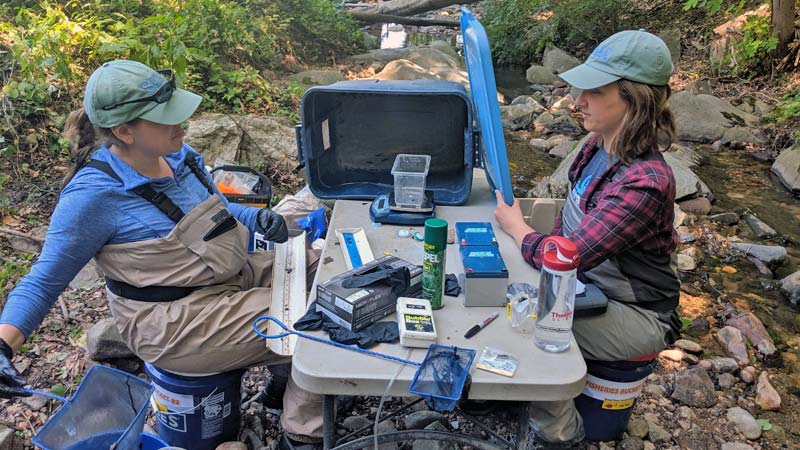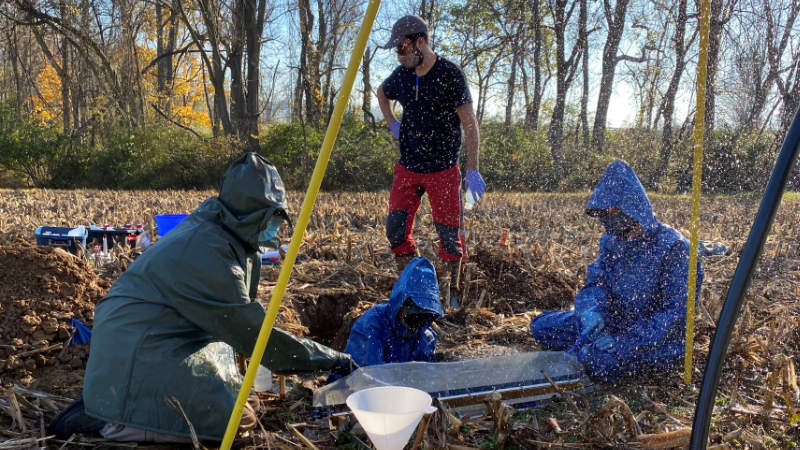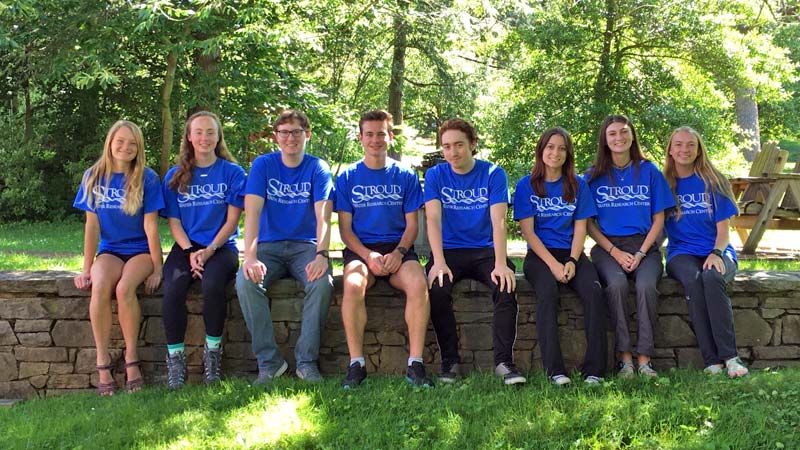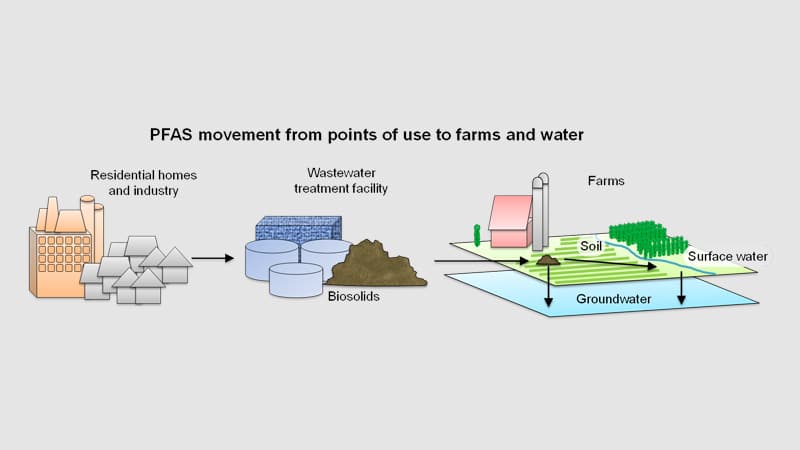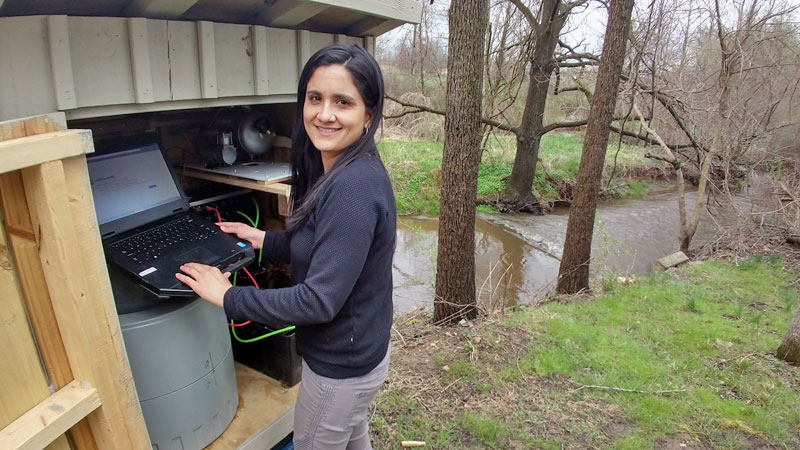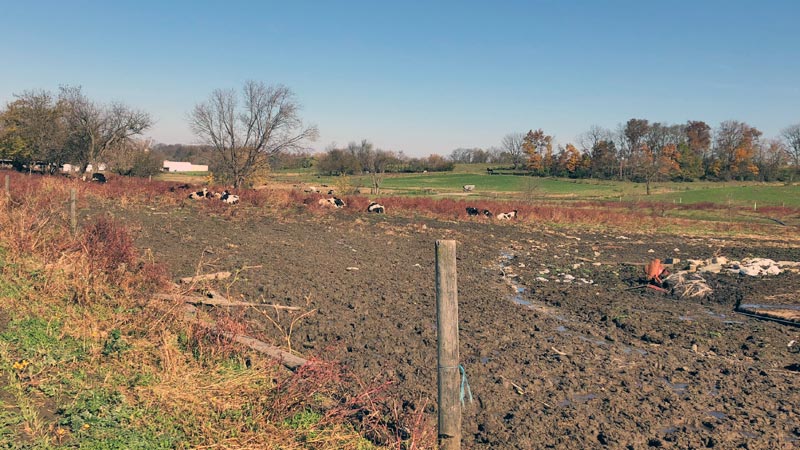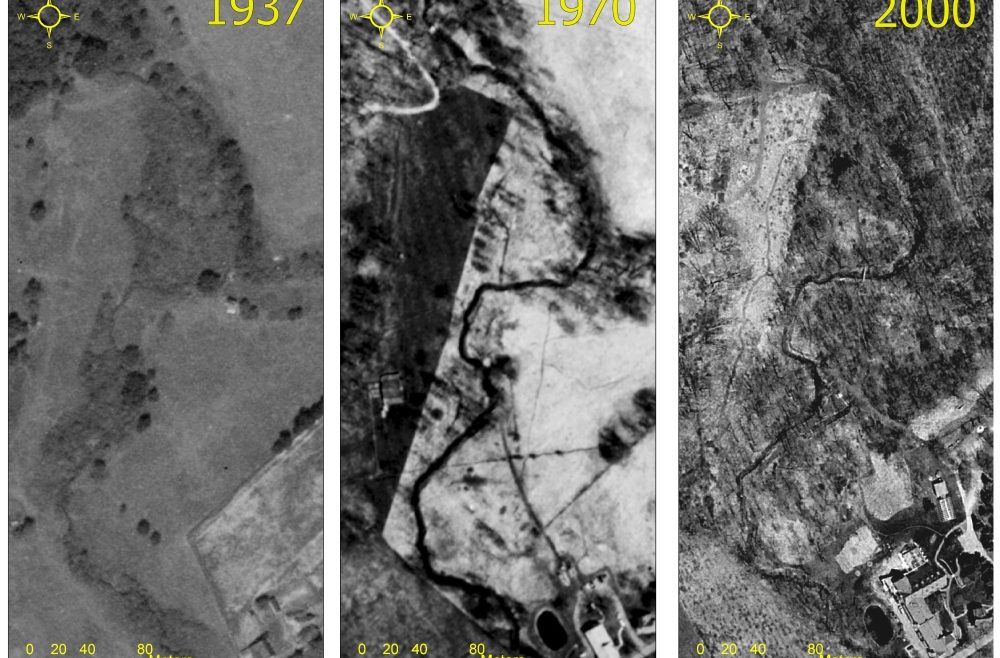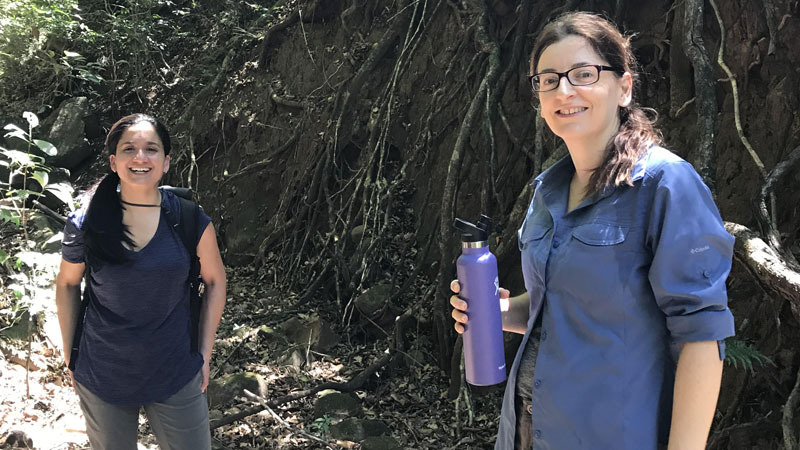National Park Service Taps Stroud Center Team to Review Water Quality Data
https://stroudcenter.org/wp-content/uploads/national-parks-identifying-fish-amphibians.jpg 800 450 Stroud Water Research Center Stroud Water Research Center https://stroudcenter.org/wp-content/uploads/national-parks-identifying-fish-amphibians.jpg“We are really leaning on Stroud to provide the aquatic ecology piece, to help us put data into context and advance our understanding of watershed health.”

